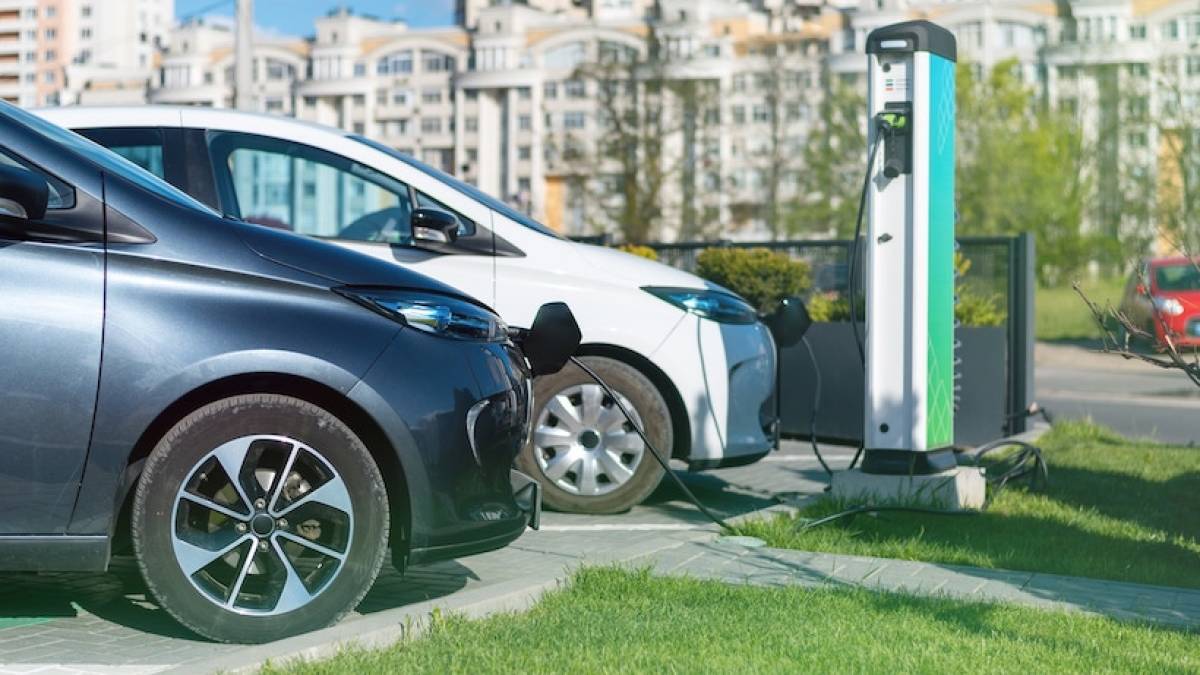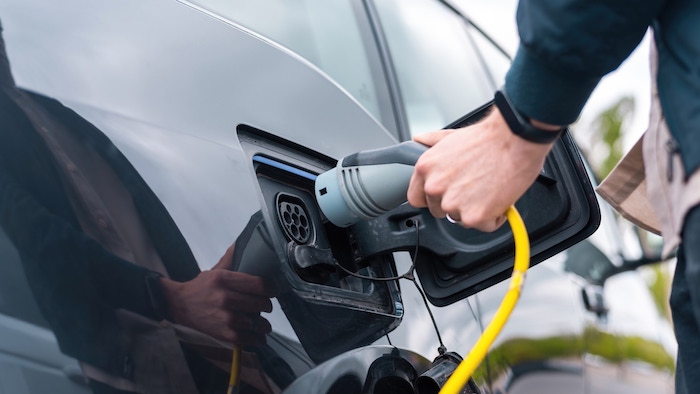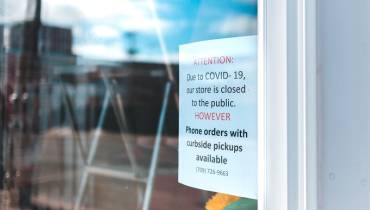Forget Electric Vehicles Range: Why Better Software and Accessibility Are Key to An Electric Future

In the UK, the vast majority of electric vehicle (EV) drivers (93%) use public charge points, with 40% using public chargers at least once a week, according to data from Zap-Map’s EV Charging Survey. The data reveals a significant increase in both the installation and usage of high-powered, or ‘ultra-rapid,’ charging devices across the country and provides a clear indication that the new ultra-rapids are allowing for longer-distance travel.
However, concerns remain over the accessibility of these charge points. There were 400 of these rapid and ultra-rapid chargers added in the first quarter of 2021, but from a staggering 22 different networks.
“This Earth Day, when everyone is trying to do their bit for the world, we should not just focus on attention grabbing innovations and policy – the basics that underpin the move to an electric and sustainable future, such as good software, user interfaces, and accessibility, are just as important,” says Aidan McClean, CEO and co-founder of UFODRIVE, and author of “ELECTRIC REVOLUTION: Myths & Truths about Electric Vehicles and Climate Disaster.”

With the UK Government's "Electric vehicle infrastructure strategy" announced in March 2022, it is critical that charging providers collaborate to make access simple and convenient.
“With so many different networks and brands involved, and so many EV drivers regularly using public chargers outside their homes, accessibility is a key concern. It is vital that EV users can see, access, and pay for all chargers on all networks," says Aidan McClean.
However, do you need AC or DC?, Level 1, 2 or 3?, Charging Speed? Slow, Fast, Superfast, 22Khw, 120kHw, 150kHw or even faster? 800volt charging systems, J1772, CHAdeMO, CCS or DC Combo, 16amps maybe? “Confused? That isn’t surprising.
There are hundreds of different Charge Point Operators (CPOs), and new ones pop up almost weekly. There are different connector types, various payment methods, and multiple different charging apps. Some don’t show all networks, and some show real-time charger status, and some car manufacturers have their own networks. There are even different charging cards – some of which require pre-registering.
Welcome to the world of charging today – where companies compete with very few rules and next to no standardization; the result is a Wild West of free-market inefficiency, and the consumers and the EV market, and therefore the planet, will suffer.
“All the battery range and electric infrastructure in the world won’t matter if you can’t plan, pay, or access them. This is why, despite the hype, EV range is largely irrelevant - what’s known as ‘range anxiety’ should be renamed ‘user experience anxiety’,” says Aidan McClean.
Arriving at a charger that’s behind a locked gate or out of order, or one that’s marked fast but it’s been downgraded to slow for some unknown reason, or occupied by a diesel hybrid, are all legitimate reasons to have concerns about the EV revolution. Whereas concerns solely about range, when range is often above 300km, are often not valid.
Luckily, ‘user experience anxiety’ is easily fixed. With sound planning and effective policy-making, led by the Government and followed by private investment, we can have a network that easily caters for all journeys and easily works with all models, apps, and cards.
“To encourage people to make the electric leap, charging should be as simple as, or even simpler than, filling your car with gas. Today this just isn’t the case," says Aidan McClean.

![9 Tips for Managing Your Online Writing Projects Efficiently [node:titile]](/sites/default/files/styles/thumbnail_rectangle/public/open-book-laptop-online-writing-tips.jpeg?itok=iq4PIT7b)


















